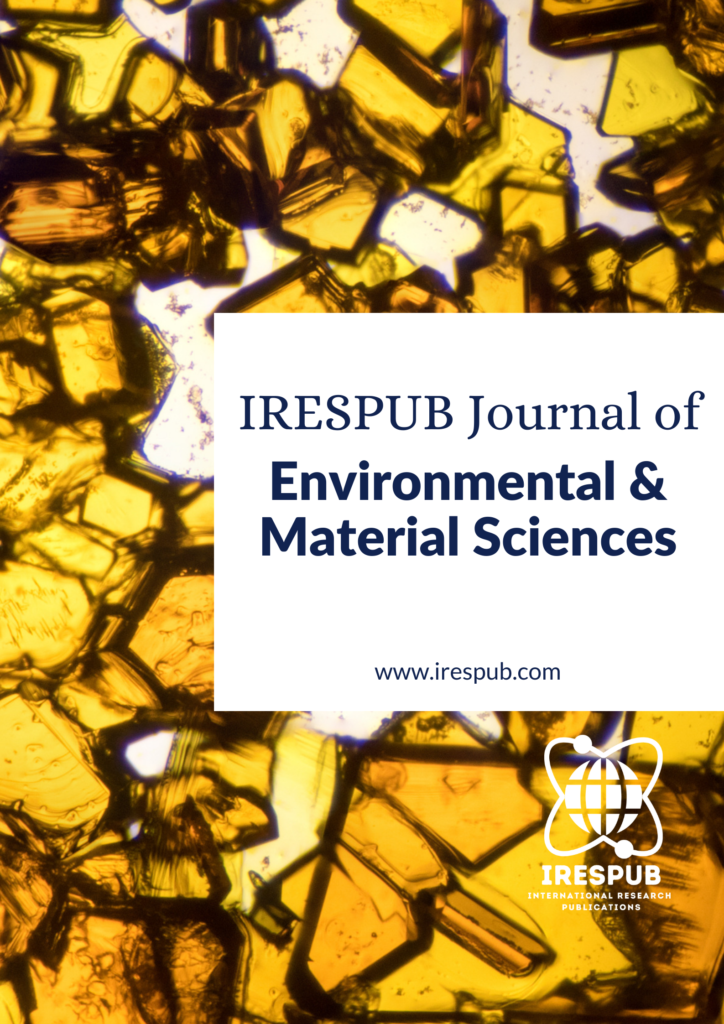
Year Launched: 2021
Journal Menu
- Scope & Research Areas
- Instructions for Authors
- Article Processing Charge
Journal List
- Natural & Applied Sciences
- Life Sciences
- Business Management
- Education & Literature
- Humanities & Cultural Studies
- Medical & Dental Sciences
- Engineering & Computer Sciences
- Agriculture, Food & Nutrition
- Environmental & Material Sciences
- Wellness & Lifestyle Management
- Arts & Ideas
- Law, Policy & Religion
Assessing Road Connectivity Impact on Subjective Quality of Life Using Structural Equation Modelling
Volume 2, Issue 5, May-Jun 2023 | Page 7-21 | PDF (1 MB) | Pub. Date: May 26, 2023
Author(s)
Nuhu H. Tini1* & Zaly Muhammad Shah2;1Department of Geography, Faculty of Science, Adamawa State University Mubi, Nigeria; 2Department of Urban & Regional Planning, Faculty of Built Environment & Surveying, Universiti Teknologi Malaysia
Abstract
The underlying influence of road transport system on societal well-being is not yet well foretold. Such predicament is prompted by limited capture of quality of life features in analysis and also due to undefined analytical model. This research introduces a novel model with multidimensional predictive approach for empirical exploration of road connectivity influence on quality of life (QOL) in Abuja City, Nigeria. Suitable road connectivity components and quality of life indicators were identified through literature review. Data were generated on the identified road connectivity social components and transport related quality of life indicators from 367 respondents in the 15 (37.5%) sampled districts. Exploratory factor analysis (EFA) was performed using SPSS 15.0 software to ascertain the components of road connectivity and quality of life indicators for model development. Structural equation modelling (SEM) was applied for confirmatory factor analysis (CFA) to determine the model fitness between the components of road connectivity and the latent indicators of transport related quality of life. Factor analysis affirmed that four connectivity components, six latent factors and 26 observable factors were fit for model development. The structural equation modelling showed high factor loading (R2 = 0.66), implying that road connectivity components explained 66% of QOL. Path coefficient was 0.81, indicating that every one unit increase in road connectivity contributes 0.81 unit increase in QOL. Hence, the study suggests a multidimensional model that can be employed for analysing transport performance. The model would be useful to researchers, planners and engineers for examining the influence of transportation network on societal quality of life.
Keywords
road network; social components; quality of life; modelling; Abuja
Cite this paper
Tini, N. H., Shah, Z. M. (2023), Assessing Road Connectivity Impact on Subjective Quality of Life Using Structural Equation Modelling, IRESPUB Journal of Environmental & Material Sciences. Volume 2, Issue 5, May-Jun 2023, Page 7-21

